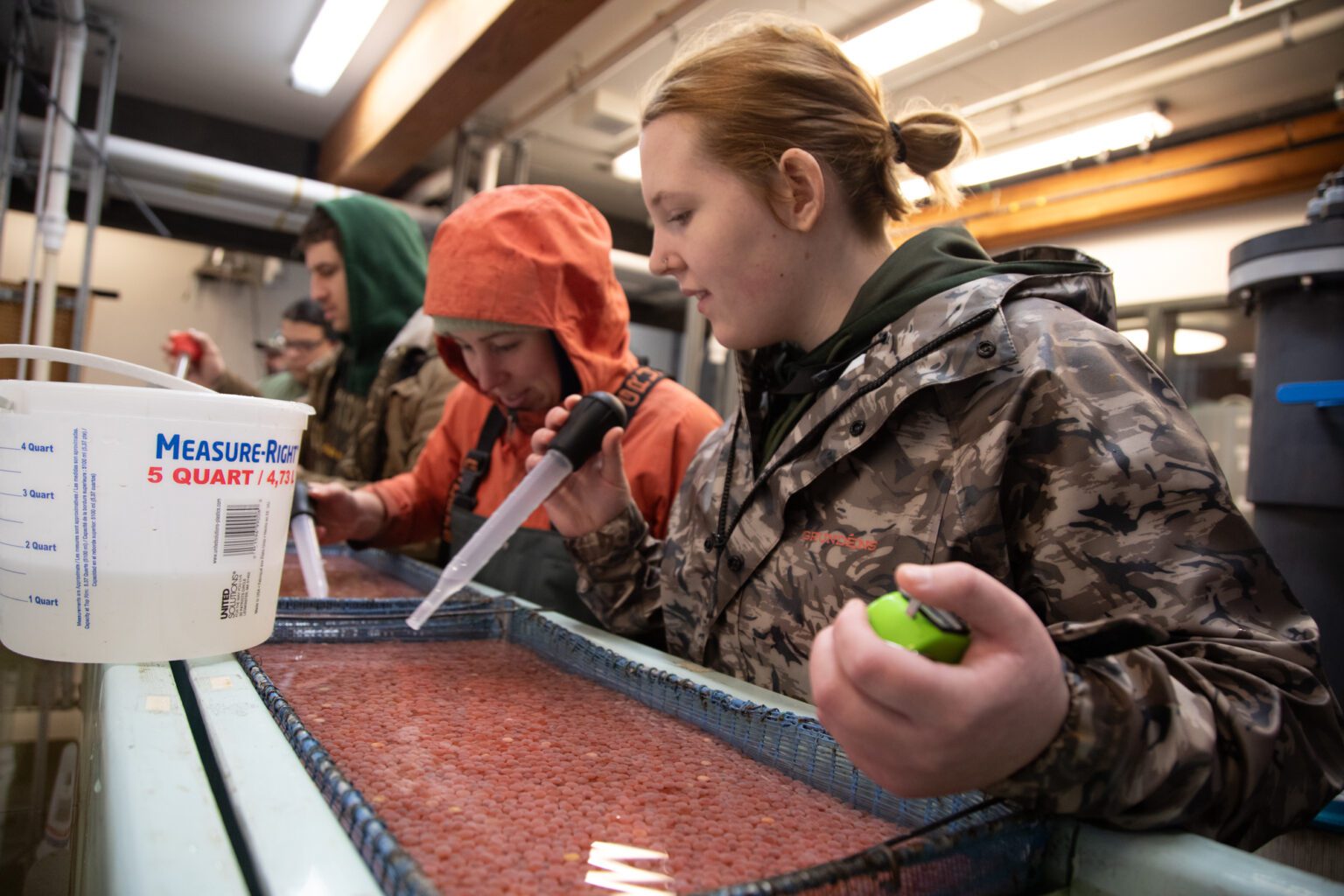On a sunny morning, nearly two dozen Bellingham Technical College (BTC) students pulled on waders and boots, ready to transfer 582,966 chinook salmon fry from their dark, indoor crates to outdoor pools along Whatcom Creek at the Perry Center.
The students of the Fisheries and Aquaculture Sciences department spent hours carting the fish, batch by batch, to a chute on the edge of each rotund pool where they'll swim and grow until their release in the spring.
Other studen


Try us out
Enjoy 24 hours of unlimited digital access to CascadiaDaily.com for just $1!
Unlock the paywall



